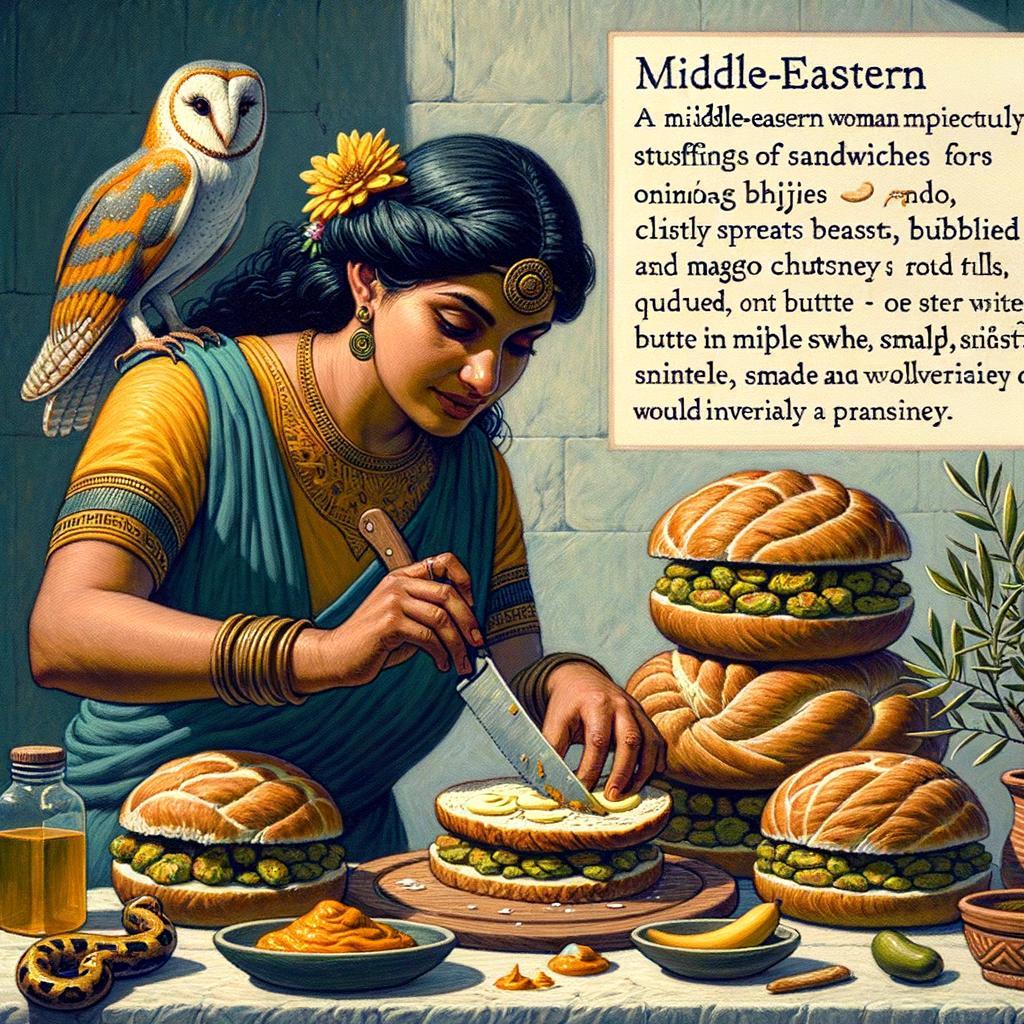Stories About Products
The Art and Science of Business Storytelling
Posted by Chris Sissons on Sep 11, 2024
Stories in Business » Chris Sissons
One of the signs I frequently see on the streets is “Handmade Sandwiches”. I can’t resist a vision of a grubby hand with dirty fingernails lovingly crafting a delicious onion bhaji and mango pickle sandwich. Yes, yes I know there are rules about hygiene and all sandwich shops follow them (hopefully) but why does the word “handmade” somehow validate a sandwich?
If someone has invented a sandwich-making machine (perhaps in the bowels of a M&S warehouse somewhere), there’s no guarantee it would be any more hygienic than handmade. (Mango pickle is notoriously difficult to remove from cogwheels!)
More persuasive for me is an enticing array of select ingredients and a reasonably cheerful sandwich assembly operative or a pile of huge sandwich rolls cut so that the smile of some luxurious and mysterious filling draws me in.
There are many stories to be told about sandwiches and indeed about any product. Indeed products are a potentially rich source of stories. Here my focus is on the product itself and not other relevant stories about the business origin or owner.
Raw Materials
The provenance of raw materials or ingredients is increasingly important in foodstuff marketing. There are many issues around where it has come from, a fair price, chemical sprays and additives, etc.
There are several possibilities to explore. Some raw materials will be simple, eg fruit, veg and meat in sandwiches – you can write about where they come from and how they’re produced, perhaps a blog post once a week, each time choosing to explore a simple material.
Then there are complex ingredients, eg bread, spreads, jams and pickles, cheese, etc. You could break them down to their raw materials but they’re likely brought in from elsewhere, so an account of how the source produces them may be appropriate. If it is important that the food on offer is for example organic, it may be important to explore the raw material ingredients – topics for many blog posts.
Rarely for sandwiches, there is a third type of raw material, which is special. These might be materials cannibalised from something else, eg a jeweller might take a gem from a broken piece of jewellery and construct a new setting but that gem will have its unique story. (Not sandwiches but there used to be “Russian Cake”, made from broken pieces of old cake – and it was delicious. I haven’t seen it for years.)
Design
Let’s start with ingredients. One of the criticisms meat eaters level at vegetarians (and vegans) is that they copy the shapes of sausages and burgers. This is evidence that vegetarians and vegans hanker after processed meats to the extent that they want to eat copies of them. Granted some manufacturers deliberately copy meat products but given we want to eat these products, there aren’t a lot of shapes to choose from! The design of processed foods in particular might have a major influence on the presentation of a sandwich but other ingredients may be more adaptable. There’s more than one way to cut up a tomato!
The sandwich itself is designed. This may seem more relevant to pre-prepared sandwiches but design covers not only appearance but also taste, mouth feel and other aspects of user experience, eg how wide to open your mouth to encompass the depth of the sandwich. Burgers tend to be presented in such depth that a knife and fork has to be brought to them, despite the original idea of the sandwich as a portable foodstuff.
And finally, there’s presentation. Where you build your own sandwich, you see the ingredients laid out and it matters how they are laid out. Then there is the sandwich on a plate accompanied by nothing or maybe a little salad or crisps, a garnish. Or it can be packaged in various ways – wrapped in greaseproof paper or in a triangular box with complex opening protocols.
These are all decisions that once made can be written about.
Production
Finally, we can write about how the sandwich is made. A production line where the customer chooses what goes in the sandwich perhaps. Or the customer chooses a sandwich (usually with a name) and watches the sandwich constructed before their eyes. Or sandwiches at their most seductive, laid out to entice you into the shop – how are they made behind the scenes for your convenience?
Services?
You can see products open up many possibilities for storytelling. Services? Yes, they may have equivalents to raw materials, design and production but perhaps case studies are a more fruitful source of ideas.
This is the eighth in a sequence of posts about business storytelling. The first post was Marketing: Art or Science? The last post was AI Does Not Tell Stories and the ninth post will be Data and Statistics.
To try out one of your business-related stories and receive feedback from me plus a few other business owners, please comment below to arrange an informal conversation. I run these sessions free of charge on the second and fourth Thursdays. Visit my website to find out about the Telling Stories Autumn meetings.
Minerva has taken on a new form and opened a sandwich shop. She tells me her speciality is onion bhaji and mango chutney sandwiches, although the bhajis look a bit odd to me. Minerva has been disappointed by low sales. I wonder if the problem is the presence of an owl and a snake!

Comments
Leave a comment.
Leave a comment.



 )
)